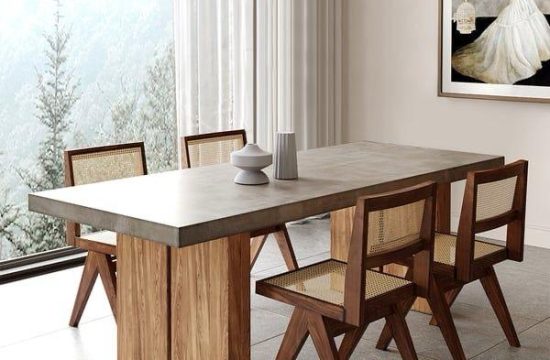HIGH POINT — The rising cost of copper used in brass tubing has raised the cost of brass beds.
For brass that comes in two-inch tubing, the price has risen to more than $5 a pound, up from just over $2 two years ago. Much of the increase results from hikes in the price of copper, the biggest ingredient in brass.
The price hike affects a small number of brass bed manufacturers, most of which are at the high end of the metal beds category.
Corsican, which sells more than 40 styles of brass beds, has had to raise its wholesale prices between 30% and 50%.
A simple traditional style brass bed from Corsican now has a wholesale cost between $950 and $1,000 and retails between $2,000 and $2,500. A more complex model with return posts would cost $2,100 to $2,400 and retail at around $5,000.
Company sales coordinator Jim Vacek said while the raw material cost has driven up the price of the beds, there hasn’t been a dramatic effect on sales.
“If a person is looking for a brass bed, they know they will pay considerably more than they would for an iron bed,†he said. “Still, it has an effect on the sophisticated buyer. The item they looked at a year or two ago was $600 to $700 less. If they still want it, they will pay for it.â€
Pat Hudgins, president of Brass Beds of Virginia, said the price of 2-inch brass tubing rose from about $2.10 to $5.30 per pound since January 2013. That ultimately determines the prices of the 30 to 35 brass beds in his line, which account for about half the 70 beds his company sells.
Without providing specific figures, Hudgins said the rising brass costs contributed to two hefty price increases last year. Such increases normally would take place over 12 years, he said.
He said the price hikes hadn’t affected sales in the category, which has come to represent a smaller and smaller portion of sales over the past 10 years.
“For the past 10 to 15 years, brass bed sales have been soft,†he said.
In light of rising raw materials costs, iron beds manufacturer Wesley Allen decided in March to drop two brass beds it had introduced two years ago, said President Victor Sawan.
He attributed the rising costs for copper to increasing worldwide demand.
“It started going up right after we introduced the product,†Sawan said, noting that the price increases added at least $150 to the cost per bed. “We tried (the two beds) and thought it was a good thing to do, but it didn’t pay off,†he said.
At Elliott’s Designs, President Elliott Jones said the pricing issue hasn’t affected his company because it dropped brass beds in the 1990s. Now he mainly uses brass as an accent or part of the trim on iron beds. For that reason, he has enough brass in stock to last another two to three years.
“It’s a no-consequence thing to me, but if I didn’t have any (brass) and had to start from zero, it would be a big consequence,†said Jones. “We’ve been lucky. It’s a killer today, there’s no doubt.â€












